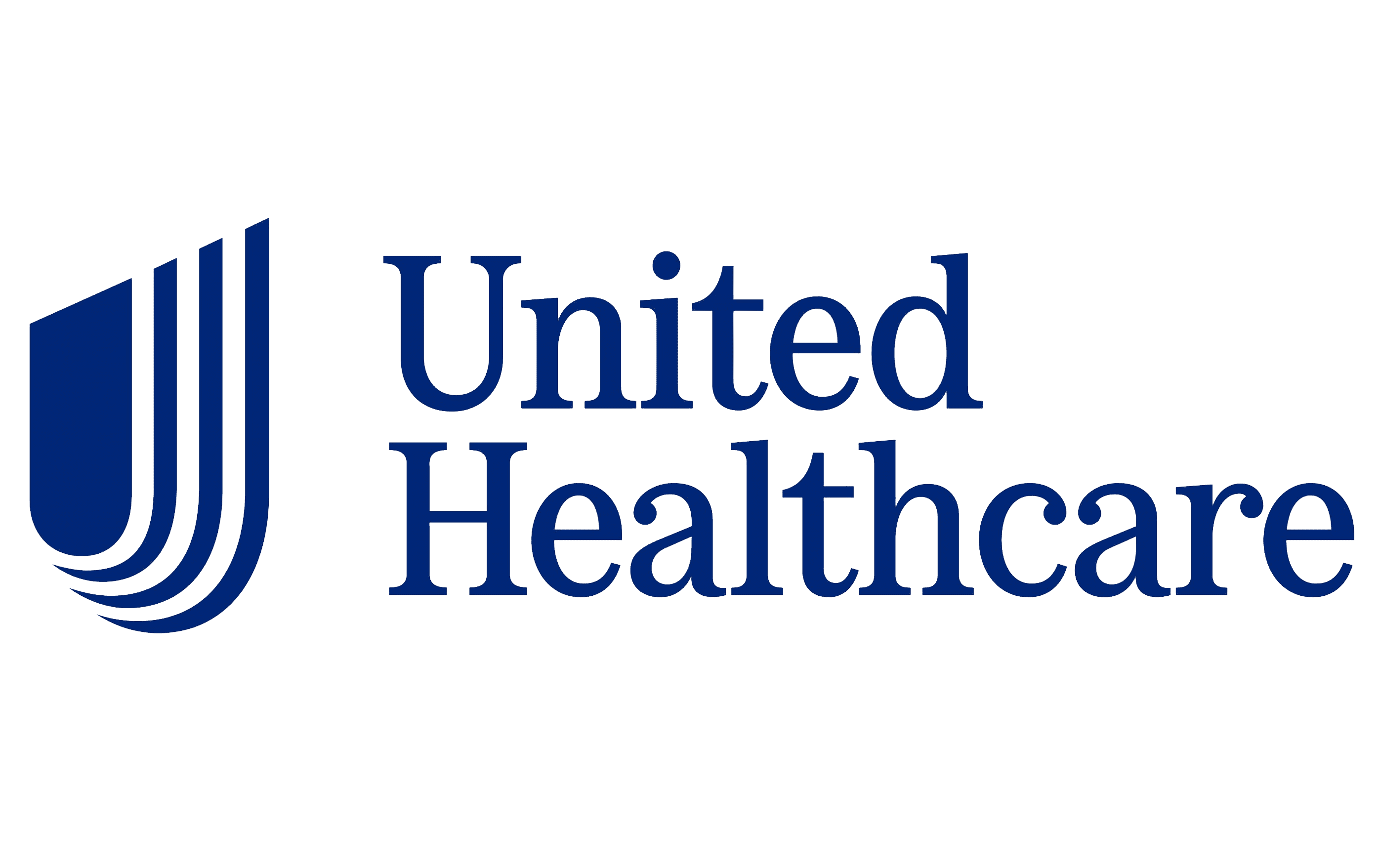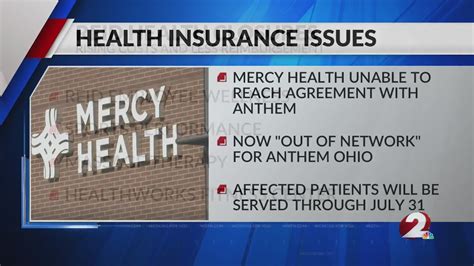How To Shop For Medical Insurance

Securing the right medical insurance is a crucial step toward safeguarding your health and financial well-being. With a myriad of options available, it can be daunting to navigate the healthcare insurance landscape. This comprehensive guide will walk you through the key considerations and steps to make informed decisions when shopping for medical insurance, ensuring you find coverage that meets your specific needs.
Understanding Your Healthcare Needs

The first step in shopping for medical insurance is to assess your personal healthcare requirements. Consider factors such as your age, health status, and any pre-existing conditions. Are you in generally good health, or do you require frequent medical attention and specialized care? Understanding your unique needs is vital to selecting an insurance plan that provides adequate coverage without unnecessary expenses.
Additionally, evaluate your preferred healthcare providers and facilities. Do you have a primary care physician you trust, or are you open to exploring new options within your insurance network? Knowing your healthcare preferences will help you choose an insurance plan that aligns with your medical needs and personal choices.
Key Factors to Consider:
- Age and Health Status: Younger individuals may opt for plans with lower premiums and higher deductibles, while older adults or those with chronic conditions might prioritize plans with comprehensive coverage and lower out-of-pocket costs.
- Prescription Medications: If you rely on prescription drugs, ensure the plan covers your medications and has a pharmacy network that includes your preferred pharmacies.
- Specialized Care: Consider any specific medical needs, such as ongoing therapy, mental health services, or chronic disease management, and choose a plan that covers these services adequately.
Exploring Insurance Options

Once you’ve assessed your healthcare needs, it’s time to explore the various insurance options available. Research and compare different plans to find the one that best suits your requirements. Key aspects to consider include:
Types of Medical Insurance Plans:
- Health Maintenance Organizations (HMOs): These plans typically offer lower premiums but have more restrictions on healthcare providers and facilities. You usually need to select a primary care physician and obtain referrals for specialist care.
- Preferred Provider Organizations (PPOs): PPO plans offer more flexibility in choosing healthcare providers and often cover a wider range of services. However, they generally have higher premiums compared to HMOs.
- Exclusive Provider Organizations (EPOs): EPO plans combine elements of HMOs and PPOs. They provide a network of healthcare providers but don’t require referrals for specialist care. Premiums are usually lower than PPOs but higher than HMOs.
- Point-of-Service (POS) Plans: POS plans offer a blend of HMO and PPO features. You can choose between in-network and out-of-network providers, with lower costs for in-network care.
Evaluating Plan Features:
- Premium Costs: The premium is the amount you pay monthly for your insurance coverage. Consider your budget and the trade-off between premium costs and other plan features.
- Deductibles and Copayments: Deductibles are the amount you pay out of pocket before your insurance coverage kicks in, while copayments are fixed amounts you pay for specific services. Higher deductibles often mean lower premiums, so balance these factors based on your financial situation.
- Network of Healthcare Providers: Review the insurance plan’s network to ensure it includes your preferred doctors, specialists, and hospitals. Out-of-network care can be costly, so prioritize plans with a robust network that meets your needs.
- Coverage Limits and Exclusions: Carefully read the plan’s summary of benefits to understand what is and isn’t covered. Look for any limitations or exclusions that could impact your healthcare access.
Comparing Costs and Coverage
When comparing insurance plans, it’s essential to analyze both the costs and the coverage they provide. Create a spreadsheet or use online tools to evaluate different plans side by side. Consider the following factors:
Cost Analysis:
- Premium Costs: Compare the monthly premiums for each plan. While lower premiums may be appealing, ensure they align with your budget and don’t compromise essential coverage.
- Out-of-Pocket Maximum: This is the maximum amount you’ll pay out of pocket in a year, including deductibles, copayments, and coinsurance. Higher out-of-pocket maximums can indicate more comprehensive coverage but may not be suitable for those with limited financial means.
- Cost-Sharing Reductions (CSRs): Some plans offer CSRs, which can lower out-of-pocket costs for specific services. Check if any of the plans you’re considering provide CSRs and assess their impact on your overall costs.
Coverage Evaluation:
| Coverage Category | Plan A | Plan B | Plan C |
|---|---|---|---|
| Preventive Care | 100% covered | 80% covered | 70% covered |
| Prescription Drugs | 50% copayment | 30% copayment | 20% copayment |
| Specialist Visits | Referral required | Referral not needed | Referral required |
| Mental Health Services | Limited coverage | Extensive coverage | Basic coverage |

Navigating the Enrollment Process
Once you’ve selected the medical insurance plan that best meets your needs, it’s time to navigate the enrollment process. Here’s a step-by-step guide to ensure a smooth enrollment experience:
Steps to Enroll:
- Gather Required Documents: Ensure you have all the necessary documents, such as proof of identity, income, and residency, ready for the enrollment process.
- Choose Your Plan: Select the insurance plan you’ve chosen and carefully review the coverage details and costs.
- Complete the Application: Fill out the enrollment application accurately and provide all the required information. Double-check for any errors or omissions.
- Submit Your Application: Submit your application online or through the insurance provider’s designated channel. Keep a copy of your application for your records.
- Wait for Approval: The insurance company will review your application and notify you of their decision. This process can take several weeks, so be patient.
- Receive Your Insurance Card: Once your application is approved, you’ll receive an insurance card and policy documents. Review these documents to ensure accuracy and understand your coverage details.
Maximizing Your Medical Insurance Benefits

Now that you’ve secured your medical insurance, it’s essential to understand how to make the most of your coverage. Here are some tips to maximize your benefits and get the most value from your insurance plan:
Utilizing Your Insurance Effectively:
- Stay Informed: Regularly review your insurance policy documents and understand your coverage limits, exclusions, and any changes that may occur.
- Choose In-Network Providers: Whenever possible, use healthcare providers and facilities within your insurance network to minimize out-of-pocket costs.
- Use Preventive Care Services: Take advantage of preventive care services, such as annual check-ups, screenings, and vaccinations, which are often covered at no cost to you.
- Understand Your Copayments and Deductibles: Know when and how much you’ll need to pay for different services to manage your out-of-pocket expenses effectively.
- Review Your Explanation of Benefits (EOB): When you receive medical services, you’ll get an EOB explaining the charges and how your insurance covers them. Review these documents to ensure accuracy and catch any errors or discrepancies.
FAQs
What is the difference between an HMO and a PPO plan?
+An HMO plan typically offers lower premiums but requires you to choose a primary care physician and obtain referrals for specialist care. PPO plans provide more flexibility in choosing healthcare providers and often cover a wider range of services, but they come with higher premiums.
How can I reduce my out-of-pocket costs for medical expenses?
+To minimize out-of-pocket costs, choose an insurance plan with a lower deductible and consider plans with Cost-Sharing Reductions (CSRs), which can lower your expenses for specific services. Additionally, staying within your insurance network and utilizing preventive care services can help reduce costs.
What happens if I need medical care outside of my insurance network?
+Out-of-network care is generally more expensive, as your insurance plan may cover a smaller portion of the costs. Before seeking out-of-network care, check with your insurance provider to understand your coverage and any additional costs you may incur.
Are there any tax benefits associated with medical insurance?
+Yes, depending on your country and specific circumstances, you may be eligible for tax deductions or credits for your medical insurance premiums. Consult a tax professional or your country’s tax guidelines to understand any applicable benefits.



